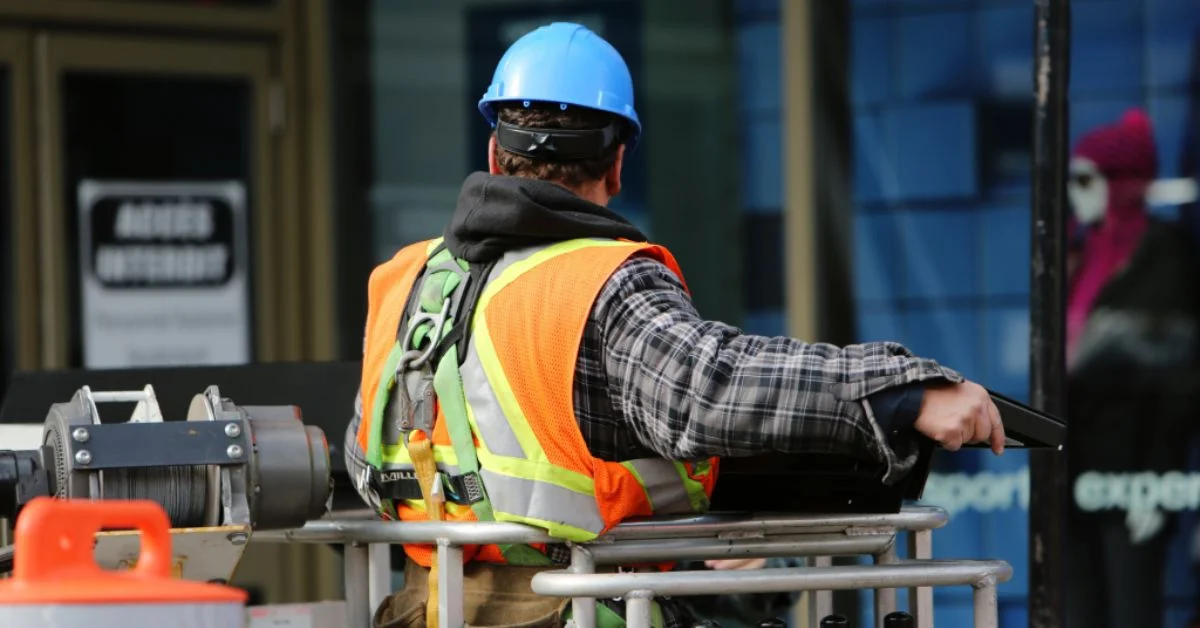Essential OSHA Guidelines to Be Followed When Setting Up Scaffolds
Most construction projects cannot be completed without the use of a scaffold. These platforms allow workers to continue construction at heights they can’t reach naturally.
Among the common causes of construction accidents, improper scaffolding setup and usage are quite common.
Therefore, to ensure safety, scaffolds must be set up and used in compliance with the regulations and guidelines set up by the Occupational Safety and Health Administration (OSHA). To keep you up to speed, this article will reveal the essential OSHA guidelines to be followed when setting up scaffolds.
Supervision of a Competent Person
A competent person must supervise the design, erection, movement, dismantling, or modification of the scaffold, according to OSHA. The supervisor must possess the ability to identify predictable and existing hazards and possess the authority to execute measures to eradicate and correct these hazards. Furthermore, the person’s role involves the inspection of the scaffolding and the parts for visible faults before the start of a work shift and after the shift ends to ensure the structural integrity is maintained.
Proper Training of Workers
Anyone who will use the scaffold or set it up must undergo intense training under a qualified trainer. This training will instruct the workers on how to identify hazards that are common to the scaffold type being set up.
Furthermore, the training will also guide the workers on the correct way to erect, maintain, and disassemble the scaffold. They will also learn how to handle load capacities, fall protection systems, and materials. This information is crucial to improving the safety of the workers.
Foundation and Stability
The foundation of the scaffold must be rigid and solid, with the capacity to carry the maximum load without displacement or setline. The planks or scaffolds should not be supported using unstable items such as loose bricks, boxes, or barrels. In addition, the scaffold must be braced and plumbed to prevent its displacement or swaying.
Scaffold Access
One of the important things needed to maintain safety on a scaffold is proper access. Having safe access points, ramps, stair towers, or ladders to the scaffold is mandatory by OSHA. Using cross braces to climb the scaffold is strongly prohibited. This is why proper access using any of the items we listed is necessary and must be put in place before the use of the scaffold is allowed.
Guardrails and Fall Protection
If the scaffold is higher than 10 feet above a lower level, then guardrails must be placed on all open ends and sides according to OSHA requirements. The guardrail’s top edge should range between 38 and 45 inches higher than the platform. Midrails need to be installed about halfway between the platform’s surface and the guardrail’s top edge. Moreover, personal fall protection measures or arrest systems are necessary when one works way higher than 10 feet.

Load Capacity
Another OSHA requirement that must be followed is that the scaffold must support its weight and a minimum of four times the maximum intended load. It should accomplish this without failure. The workers should not overload the scaffold with personnel, equipment, or materials that exceed its rated capacity.
also read: Ensuring Fair Compensation: How a Boat Accident Attorney Can Help
Weather Conditions
It is mandatory that the construction company halt scaffold work when the weather conditions are extremely bad. Ice, snow, winds, rain, and high winds are examples of such terrible working conditions.
After the weather has passed, the supervisor must inspect the scaffold to determine if any damage has occurred. If there is any, work has to be put on hold until the issue is fixed. On the other hand, work can resume if they don’t notice any damage.







